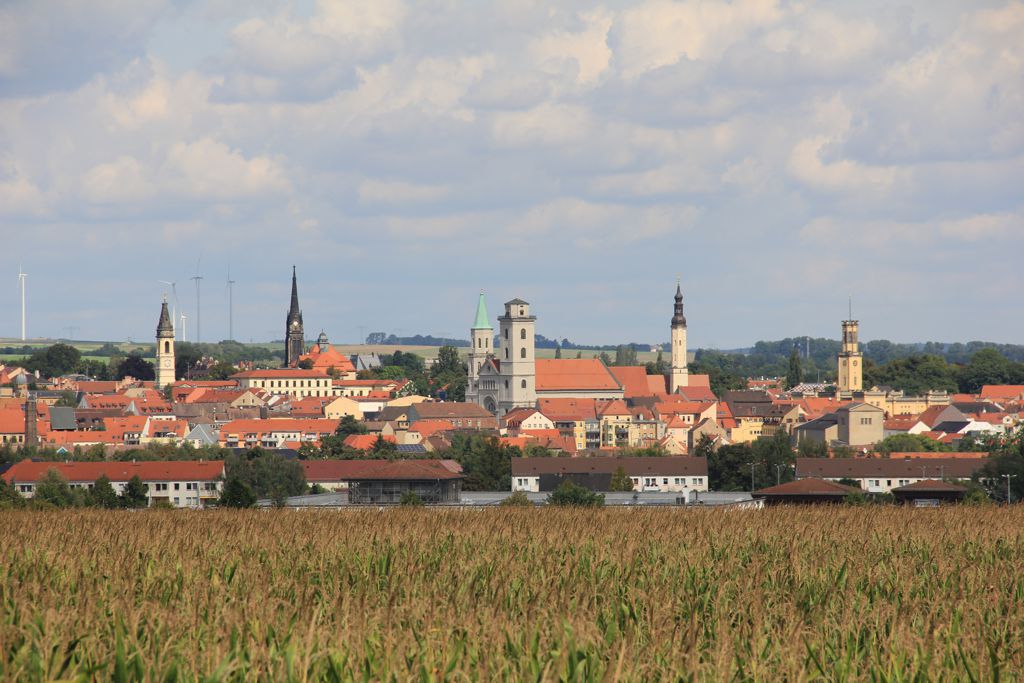
Scivit has moved to Zittau – join me exploring the area
Three countries, lots of mountains and one open pit mine
The surroundings of Zittau – a fascinating microcosm
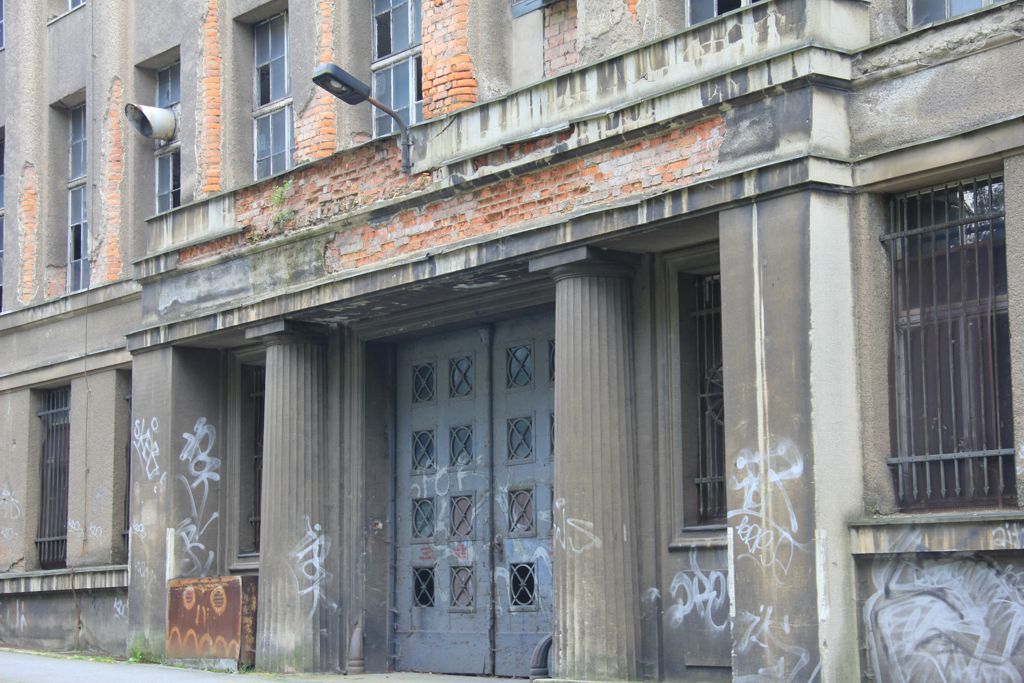
Zittau is located at the very South-Eastern edge of the former German Democratic Republic (GDR). Like a true microcosm the area displays many of the issues of the larger region. Since I am new to Zittau, this newsletter will not give an exhaustive account, but rather summarize some very obvious features and ask some very obvious questions. There is, for a start, open coal mining and corresponding devastation combined with deindustrialization (the „Robur-Werke“ in Zittau shown above give a typical example) and depopulation. More or less intact nature in mountain ranges and historic cities, on the other hand, provide the basis for growing tourism. While this situation is similar in many locations in Northern Czech Republic/former Southern GDR, the presence of two international borders adds an interesting twist to the story. The Zittau area therefore not only reflects how effectively our societies cope with industrial devastation and the consequences of deindustrialization. It also reflects how good we are in coping with our violent past.
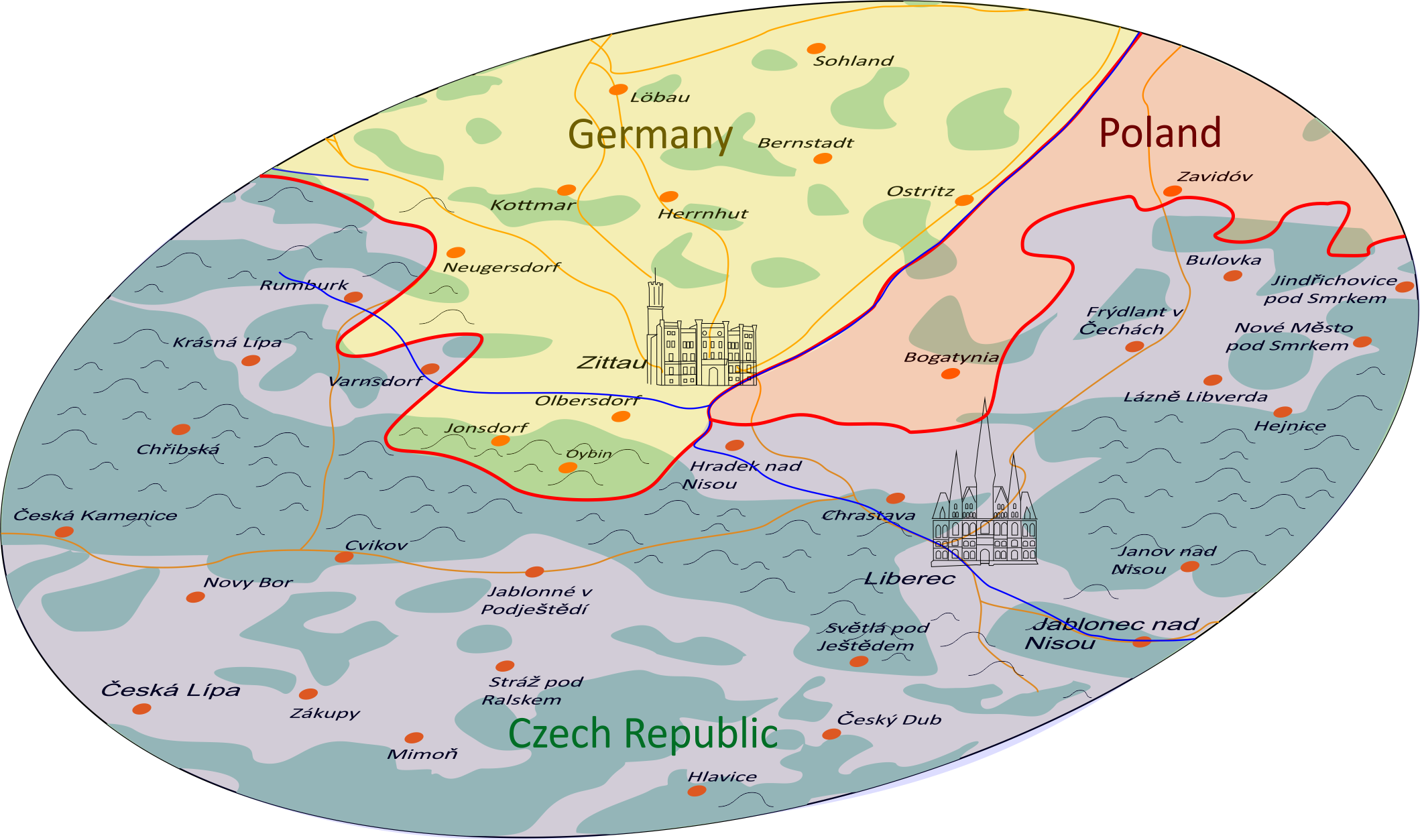
Borders and reconciliation?
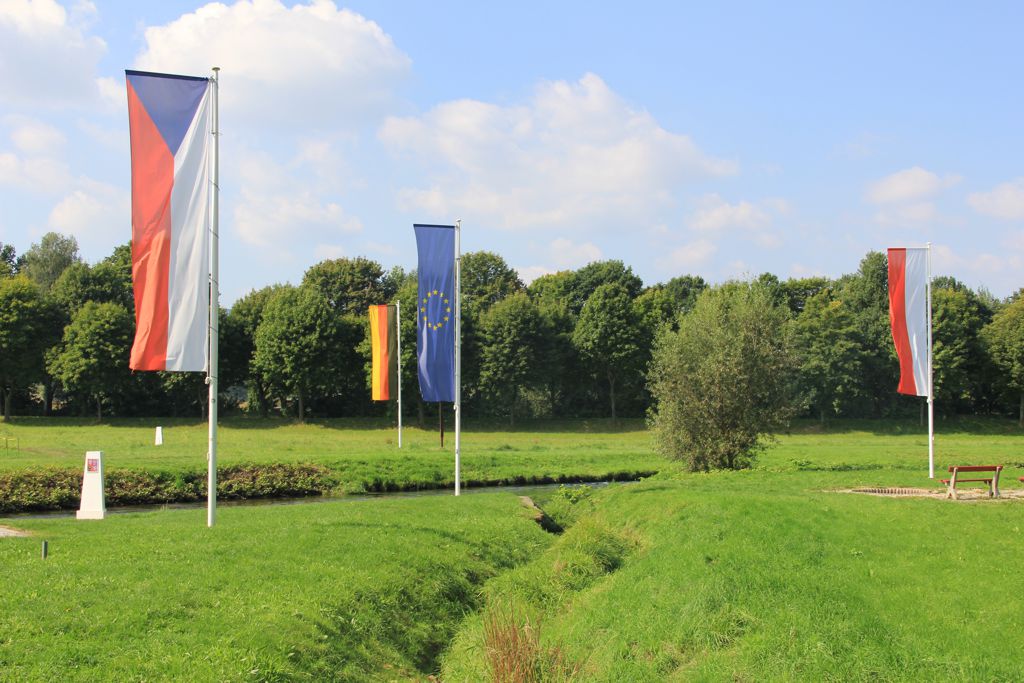
Second world war started when Germany attacked Poland, shortly after it had occupied Czech Republic. The three countries bordering near Zittau represent the beginning of this murderous war. The border between Germany and Poland was shifted here as one of its many consequences. It took many decades and memberships in the European Union until these borders could become „normal“ borders of today, where you can pass without controls. Crossing the border versus Liberec nowadays is as easy as crossing versus Strasbourg and cultural and linguistic diversity is a stimulating element of the Zittau area. Nevertheless, German relations with the Czech Republic or Poland are not as settled as, for example, with France. Disregarding our violent history there are also clear differences in cultural, political and economic terms; differences which have to be kept in mind when considering regional trinational cooperations.
Economic reorientation in the wake of 1989
While I have no expertise in economic issues, economic problems have had such a strong impact in the past 30 years that they have to be mentioned at least: Since the disintegration of the Warsaw Pact in 1991 all former members have been confronted by similar problems: They had to adapt their economies to completely new markets and conditions. Transformations were particularly painful, since the traditional focus of Warsaw Pact economies on industrial production suddenly became exposed to a global trend of deindustrialization. Reactions to these economic challenges differed markedly when comparing the former GDR with countries like Poland or the Czech Republic. One apparent consequence of these differences is a particularly prominent decline in population in the former GDR. Apart from such differences, however, economic reorientation is far from completed in all former Warsaw Pact countries and many regions still are looking for their future economic role.
Lignite mining
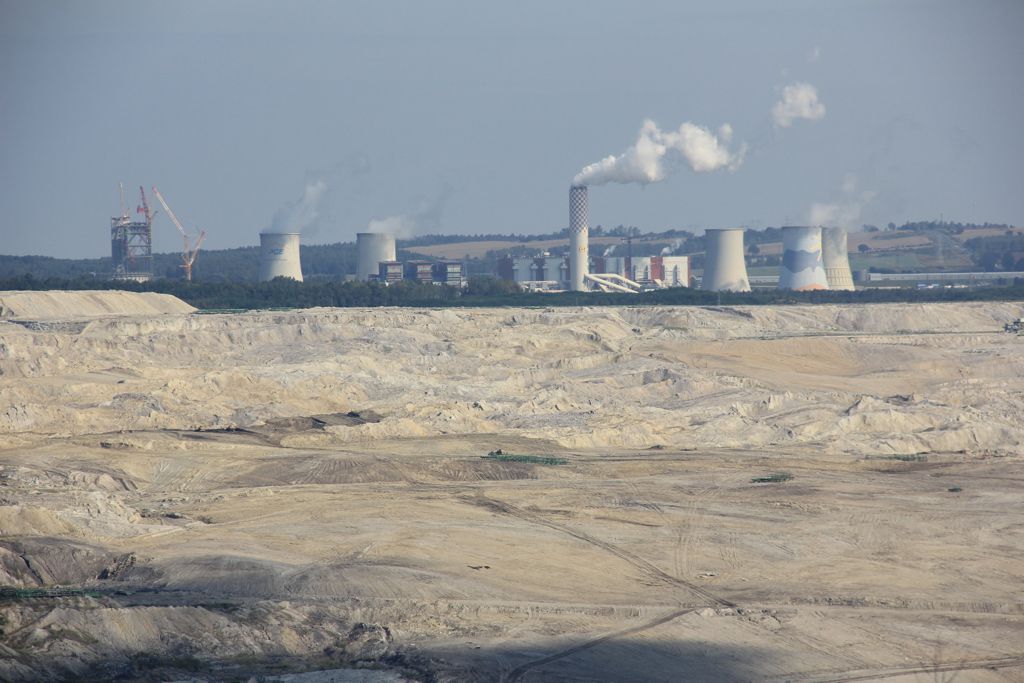
Lignite mining is a particularly devastating industrial activity and is widespread in the whole region. The Zittau area comprises active open pit mining on polish territory together with multiple abandoned mines, sometimes transformed into recreational lakes like the „Olbersdorfer See“ on the German side. Transformation of open mining pits into recreational lakes is a common approach and certainly has its benefits for the local population. But what is the long-term ecological impact? Is the diversification of landscape forms also translating into a higher diversity of plants and animals? Or does the new, disturbed habitat rather provide an efficient stepping stone for invasive species? Such questions impose themselves in an area with numerous active and historic open pit mining locations.
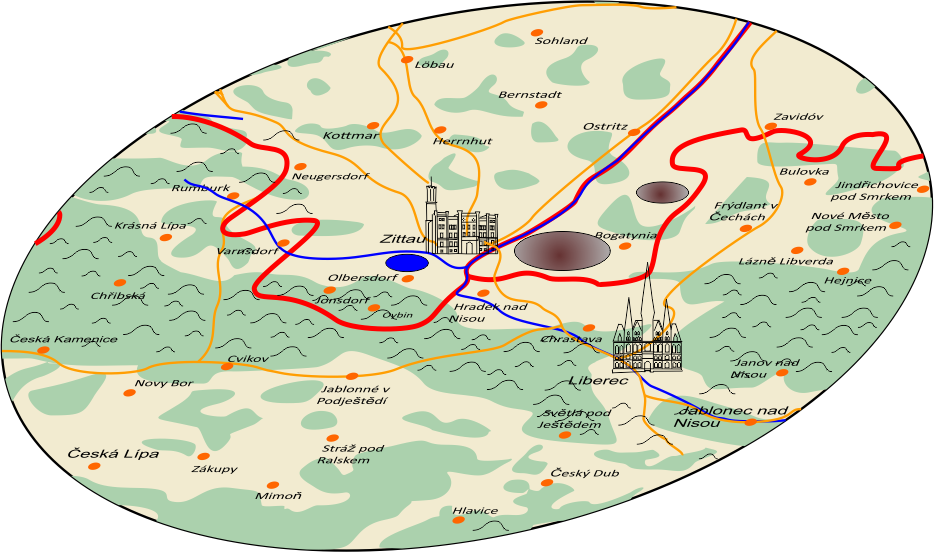
Mountain ranges and tourism
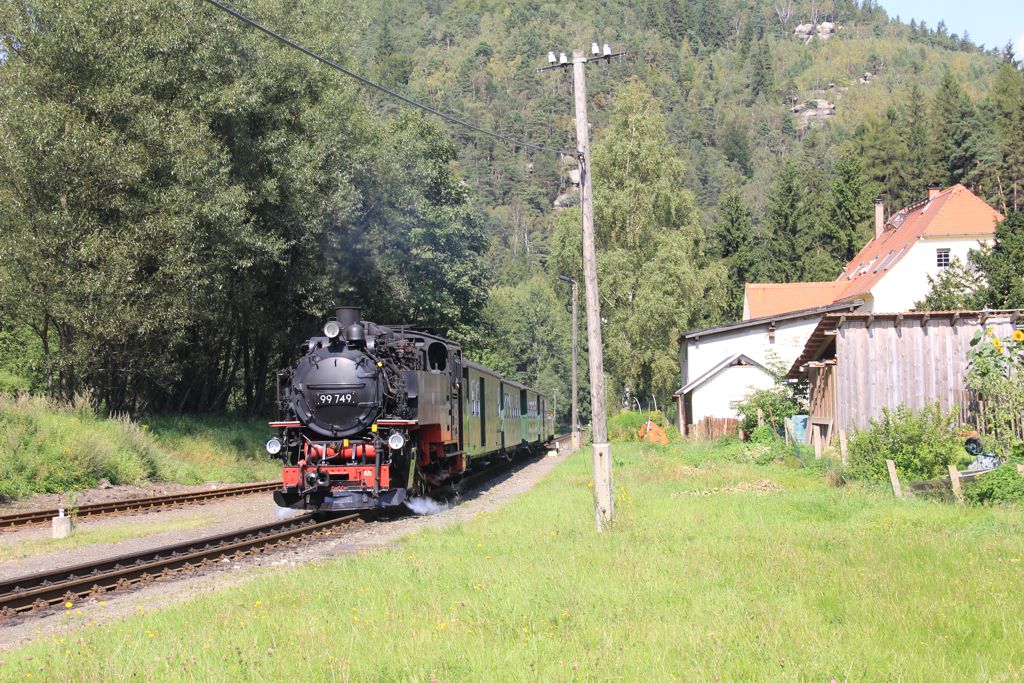
There are two major forms of landscape dominating the area: Hilly lowlands used primarily for agriculture to the North and South and wooded mountain ranges (Lusatian Mountains, Jizera Mountains) running from West to East in the central part. These mountain ranges are particularly attractive to tourism and provide the basis for the economic importance of this sector. Given the weakness in other economic sectors, development of tourism is a must. But how can this be done sustainably? Besides climate change and the invasion of alien species, tourism consitutes a major stress factor for nature. What are the combined effects of these stress factors in the Zittau area? Which habitats are particularly sensitive deserving particular care? Such questions are of interest for a very large region; as in the case of open pit mining, they suggest themselves in the Zittau area.
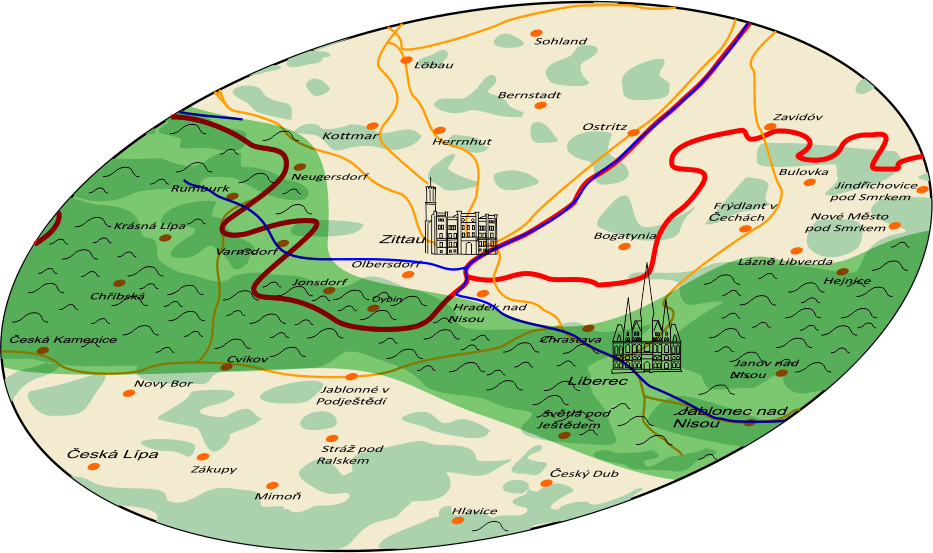

Legal disclosure/Impressum
This newsletter is produced and published by/Verfasser und Produzent dieses Newsletters:
Thomas Fester, Dr. rer. nat., Blochmannstrasse 21B, 04105 Leipzig – Germany
Contact/Kontakt:
Homepage: https://www.scivit.de, e-mail: tfester@scivit.de, Telefon/Phone: +49 341 9839673
VAT-number/Steuer-Nummer: 231/218/02201
Ust.-ID gem. § 27a UStG: DE235829085
Person responsible for content in accordance with 55 Abs. 2 RStV / Inhaltlich Verantwortlicher gem. § 55 II RStV:
Thomas Fester (Address see above/Anschrift siehe oben)
Neueste Kommentare